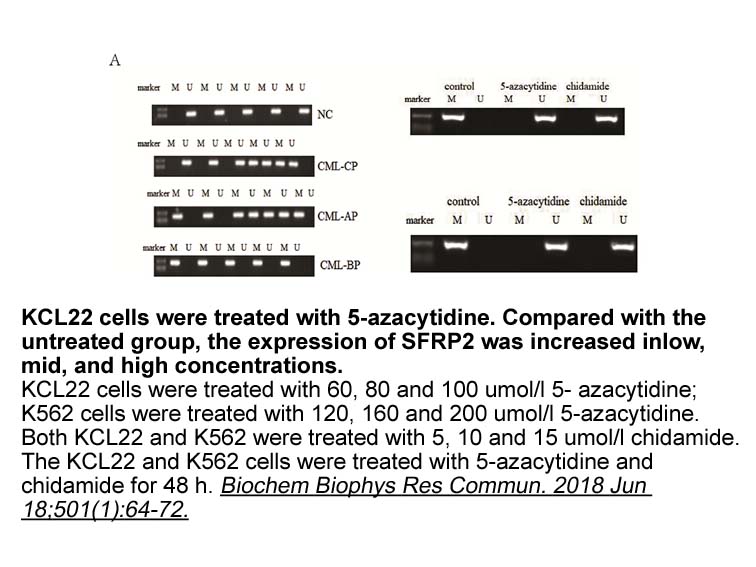Archives
- 2026-01
- 2025-12
- 2025-11
- 2025-10
- 2025-09
- 2025-03
- 2025-02
- 2025-01
- 2024-12
- 2024-11
- 2024-10
- 2024-09
- 2024-08
- 2024-07
- 2024-06
- 2024-05
- 2024-04
- 2024-03
- 2024-02
- 2024-01
- 2023-12
- 2023-11
- 2023-10
- 2023-09
- 2023-08
- 2023-07
- 2023-06
- 2023-05
- 2023-04
- 2023-03
- 2023-02
- 2023-01
- 2022-12
- 2022-11
- 2022-10
- 2022-09
- 2022-08
- 2022-07
- 2022-06
- 2022-05
- 2022-04
- 2022-03
- 2022-02
- 2022-01
- 2021-12
- 2021-11
- 2021-10
- 2021-09
- 2021-08
- 2021-07
- 2021-06
- 2021-05
- 2021-04
- 2021-03
- 2021-02
- 2021-01
- 2020-12
- 2020-11
- 2020-10
- 2020-09
- 2020-08
- 2020-07
- 2020-06
- 2020-05
- 2020-04
- 2020-03
- 2020-02
- 2020-01
- 2019-12
- 2019-11
- 2019-10
- 2019-09
- 2019-08
- 2019-07
- 2019-06
- 2018-07
-
In contrast irinotecan has shown
2019-09-23

In contrast, irinotecan has shown much less myelosuppression and may be more active in Ewing sarcoma both alone and in combination with temozolamide. One phase II study of 13 heavily pretreated Ewing sarcoma patients demonstrated a response rate of 38% including 2 complete responses (Bisogno et al.,
-
br Experimental section br Acknowledgments
2019-09-23

Experimental section Acknowledgments MIN6 cells were kindly provided by Dr. Junichi Miyazaki, Osaka University. This research was supported in part by the Ministry of Education, Culture, Sports, Science and Technology of Japan (JP16H05099 and JP18H04609 to K.H., and JP16H06574 to T.U.), SENTAN
-
The activity of cysteine endopeptidases involved
2019-09-23

The activity of cysteine endopeptidases involved in the germination of caryopses is generally regulated at two levels: the hormonal induction of synthesis by gibberellins (Drzymała et al., 2008) and a putative regulation of activity by phytocystatines (Kiyosaki et al., 2007, Martinez et al., 2009),
-
Introduction Excessive exposure to ultraviolet UV irradiatio
2019-09-23

Introduction Excessive exposure to ultraviolet (UV) irradiation from the sun injures human skin, which might lead to premature aging and skin pathologies [1], [2]. Chronic exposure to UV (especially ultraviolet-B, UVB) irradiation could profoundly affect the skin epidermis, interfering with the ker
-
Generally glycines and other small residues such as alanine
2019-09-23

Generally, glycines (and other small residues such as alanine) present in a helical GxxxG-motif that are facing the same side of the helix form a uniform surface that enables direct contact with a second helix. Crystal structures of multipass membrane proteins have demonstrated that GxxxG-motifs are
-
In general cellular senescence is considered a programmed re
2019-09-23

In general, cellular senescence is considered a programmed response to stress that can be activated by oxidative stress, irradiation or action of substances or drugs. These stressors cause DNA damage and, through the action of specific proteins (p53 and p21), lead to cell senescence (di Fagagna, 200
-
Introduction Maintenance of genome integrity is essential fo
2019-09-23

Introduction Maintenance of genome integrity is essential for life, and faithful DNA replication and repair ensure this. One of the most important parameters for DNA maintenance is the regulation of optimal concentrations of the four 5′-deoxyribonucleoside-triphosphates (dNTPs) the precursors for D
-
Effect of a C C
2019-09-23

Effect of a C4-C5 double bond — The presence of a double bond at the substrate’s C4-C5 position affects the reactivity of Δ1-KSTDs to varying extent, depending on the enzyme. Most 3-ketosteroids that are converted by Δ1- KSTDs have this double bond. For some Δ1-KSTDs this double bond is even require
-
Introduction The Discoidin Domain Receptors DDRs comprising
2019-09-23

Introduction The Discoidin Domain Receptors (DDRs), comprising DDR1 and DDR2, are collagen-binding receptor tyrosine kinases (RTKs) that function as microenvironmental sensors at the interface of the extracellular matrix and the intracellular signal transduction machinery [1]. In response to ligand
-
Introduction The Discoidin Domain Receptors DDRs comprising
2019-09-23

Introduction The Discoidin Domain Receptors (DDRs), comprising DDR1 and DDR2, are collagen-binding receptor tyrosine kinases (RTKs) that function as microenvironmental sensors at the interface of the extracellular matrix and the intracellular signal transduction machinery [1]. In response to ligand
-
pfk clinical The aim of this study was to evaluate
2019-09-23

The aim of this study was to evaluate the role of aberrant methylation of promoter regions of tumor suppressor genes in the clonal evolution from MGUS to MM. Thus, we analyzed in MGUS, SMM, and symptomatic MM patients, the methylation status of 4 genes—p15, p16, p53, and DAPK—whose promoter hypermet
-
Phusion high-fidelity DNA polymerase br Funding This work wa
2019-09-23

Funding This work was supported by grants to A.S. from the Swedish Cancer Foundation, Sweden (Grant number: CAN, 2015/637), the Swedish Medical Council, Sweden (Grant number: 2017- 01274), the Foundations at Skåne University Hospital, Sweden and to KB, SRS, NC, BCS, and SS from the Royal Physiogr
-
br CDK Inhibitors for the Treatment of inflammatory
2019-09-23

CDK Inhibitors for the Treatment of inflammatory Diseases Several CDKs have been implicated as regulators of inflammatory gene expression. It will thus be very important to determine the relative contributions of the various CDKs and their kinase function on a systematic basis. This work will be
-
Of note CS associated lung injury is
2019-09-23

Of note, CS-associated lung injury is closely linked with augmented influx of macrophages that subsequently intensify the lung injury [34,47] while macrophage depletion alleviates CS-induced pulmonary inflammation via reducing cytokines and chemokine production in BALF [48]. Similar effect has been
-
The most important cytotoxic lesion formed by
2019-09-23

The most important cytotoxic lesion formed by the nitrogen mustards is generally considered to be the DNA–DNA interstrand cross-link 12, 13. DNA–DNA interstrand cross-links are thought to exert their cytotoxic effects by inhibiting DNA duplex strand separation, progression of the Monastrol mass for
15524 records 995/1035 page Previous Next First page 上5页 991992993994995 下5页 Last page